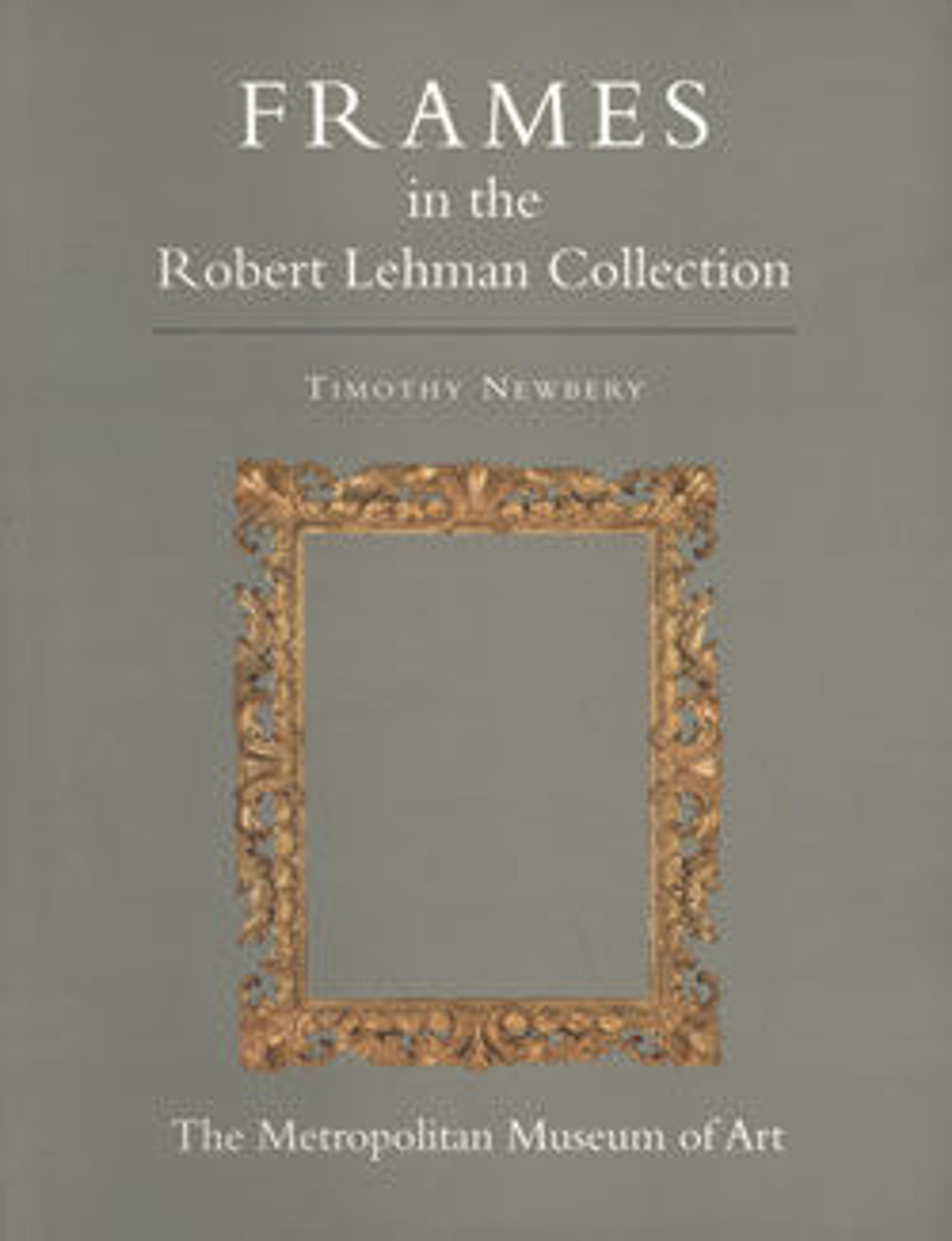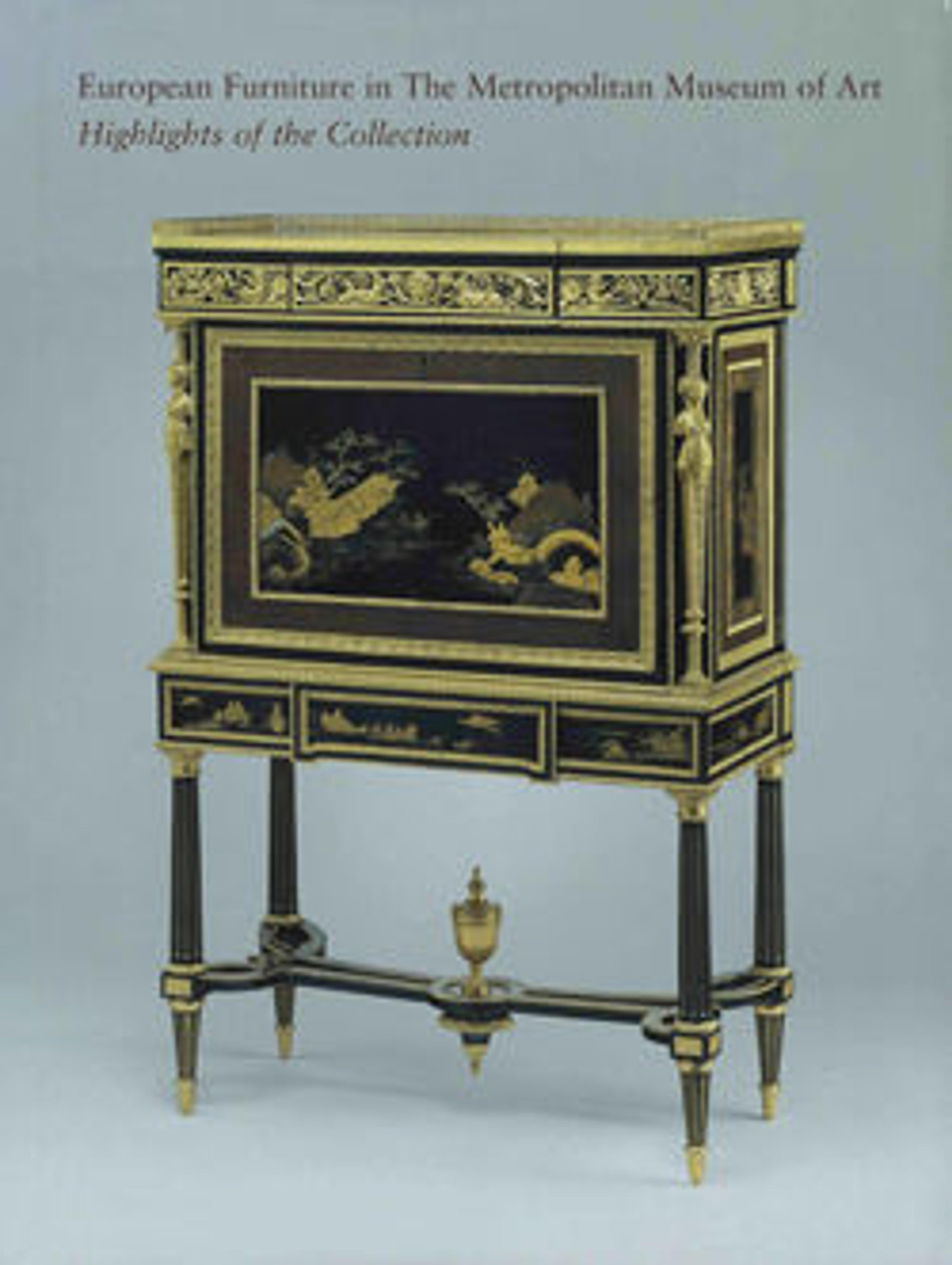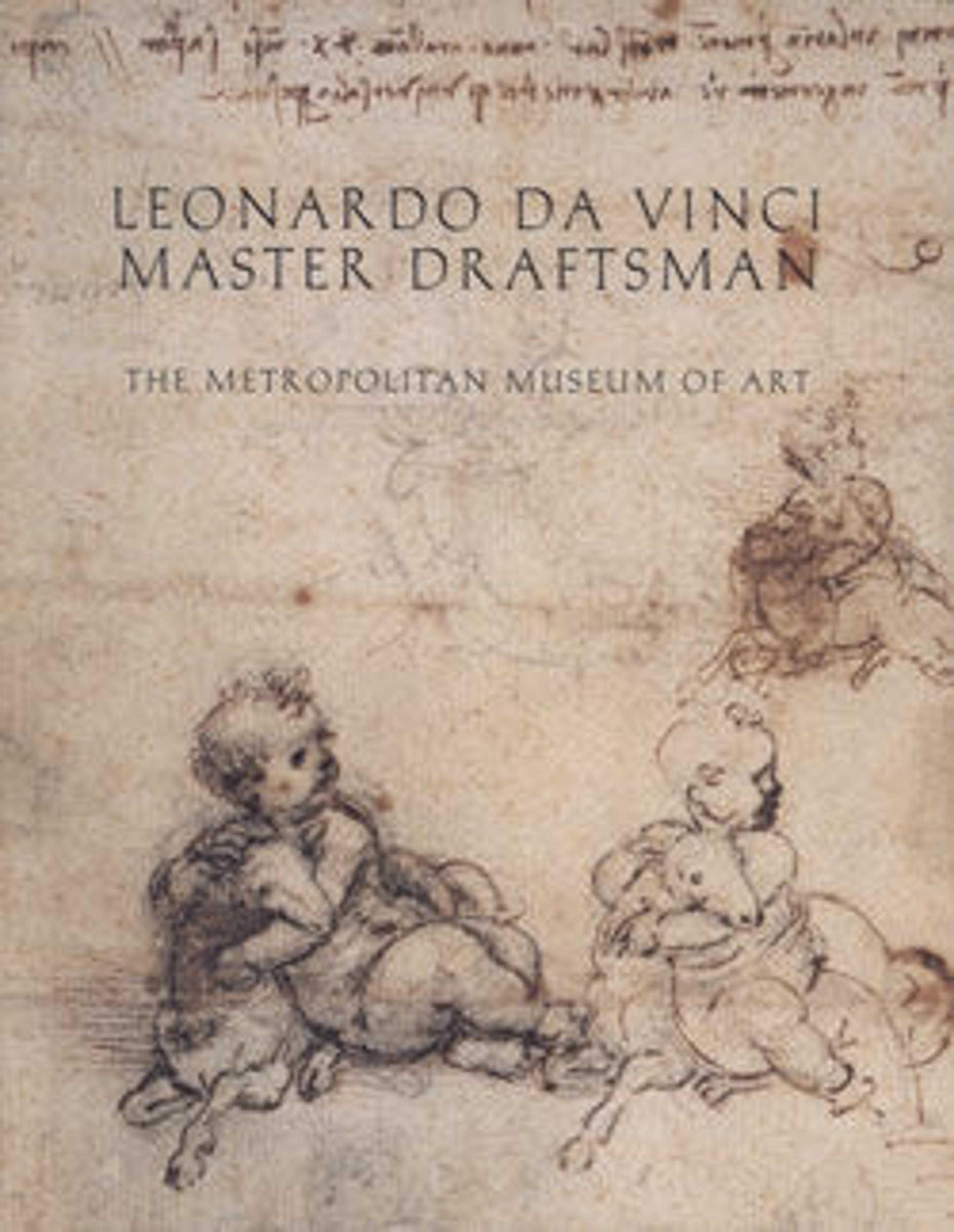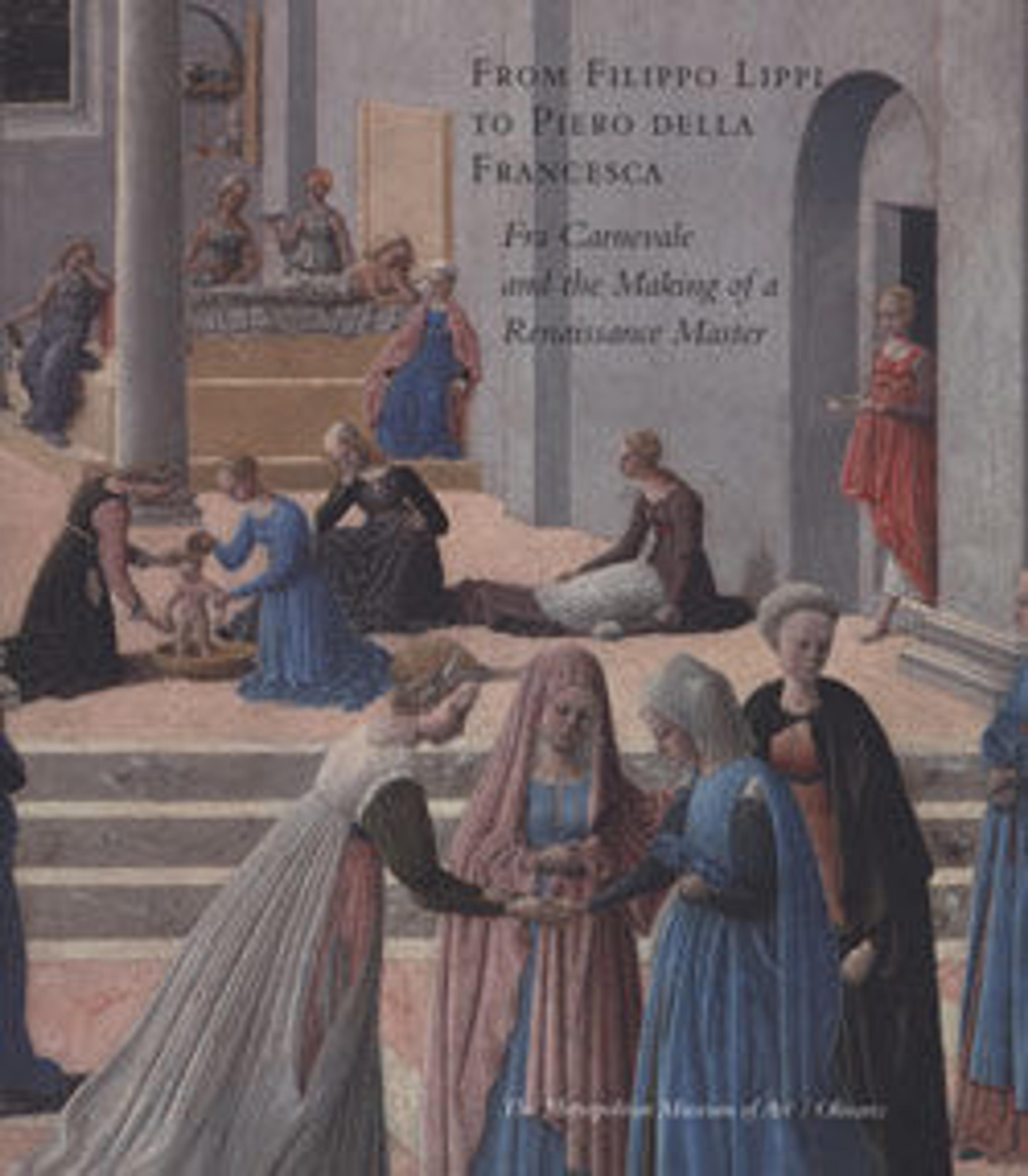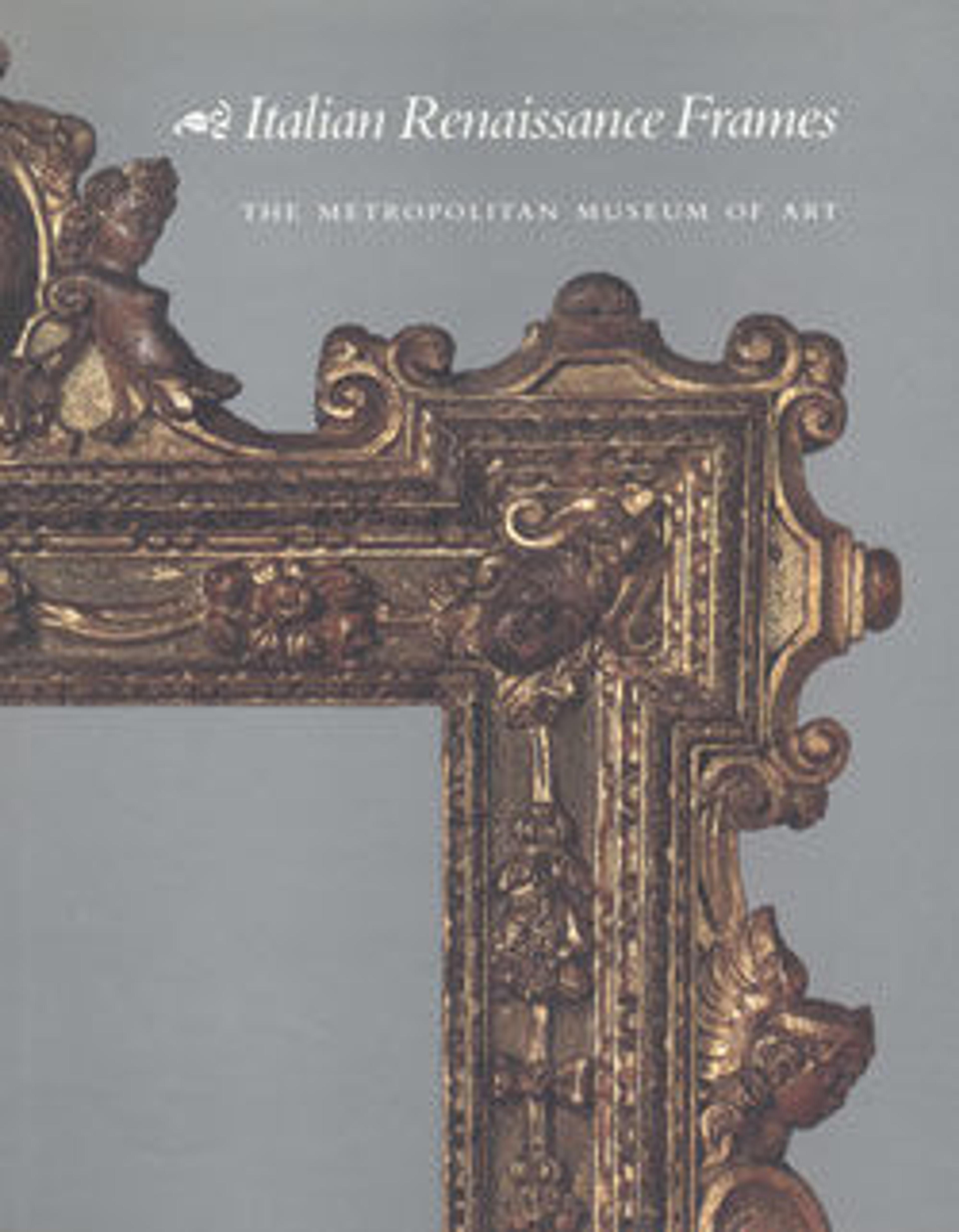
Italian Renaissance Frames
The frames created in Italy during the Renaissance are unequaled in their range of design, richness of decoration, and craftsmanship. Often works of art in themselves, they have suffered nonetheless from their subordinate role. The objects framed might be treasured but the frames were expendable, and frequently they were altered or discarded to keep pace with changes in taste over succeeding generations. The result of such neglect is that comparatively few Renaissance frames survive and little is known today about the artists and artisans who designed and made them. The study of Italian Renaissance frames, as of frames in general, is a study in its infancy.
Drawing on the outstanding collection in The Metropolitan Museum of Art, this book presents a unique, fully illustrated survey that traces the Italian frame from its origins in the great Gothic altarpieces through its various, often elaborate manifestations as an independent unit up to the seventeenth century. Within this chronological context, selected examples are grouped by type, and centers of production are identified wherever possible. Profile drawings provide specialist information. The discussion includes frames for mirrors as well as pictures and reliefs, and bronze and terracotta frames as well as wood.
Met Art in Publication
You May Also Like
Press the down key to skip to the last item.
Citation
Newbery, Timothy J., George Bisacca, and Laurence B. Kanter. 1990. Italian Renaissance Frames. New York: Metropolitan Museum of Art : Distributed by H.N. Abrams.
